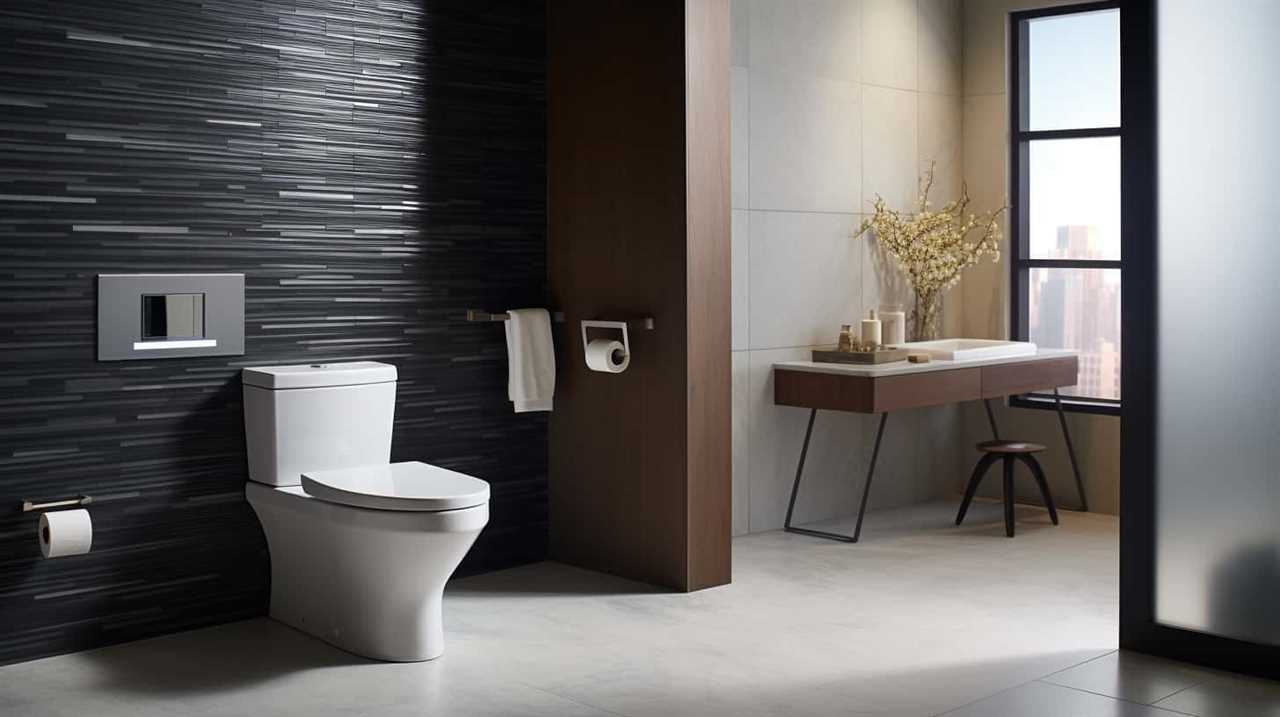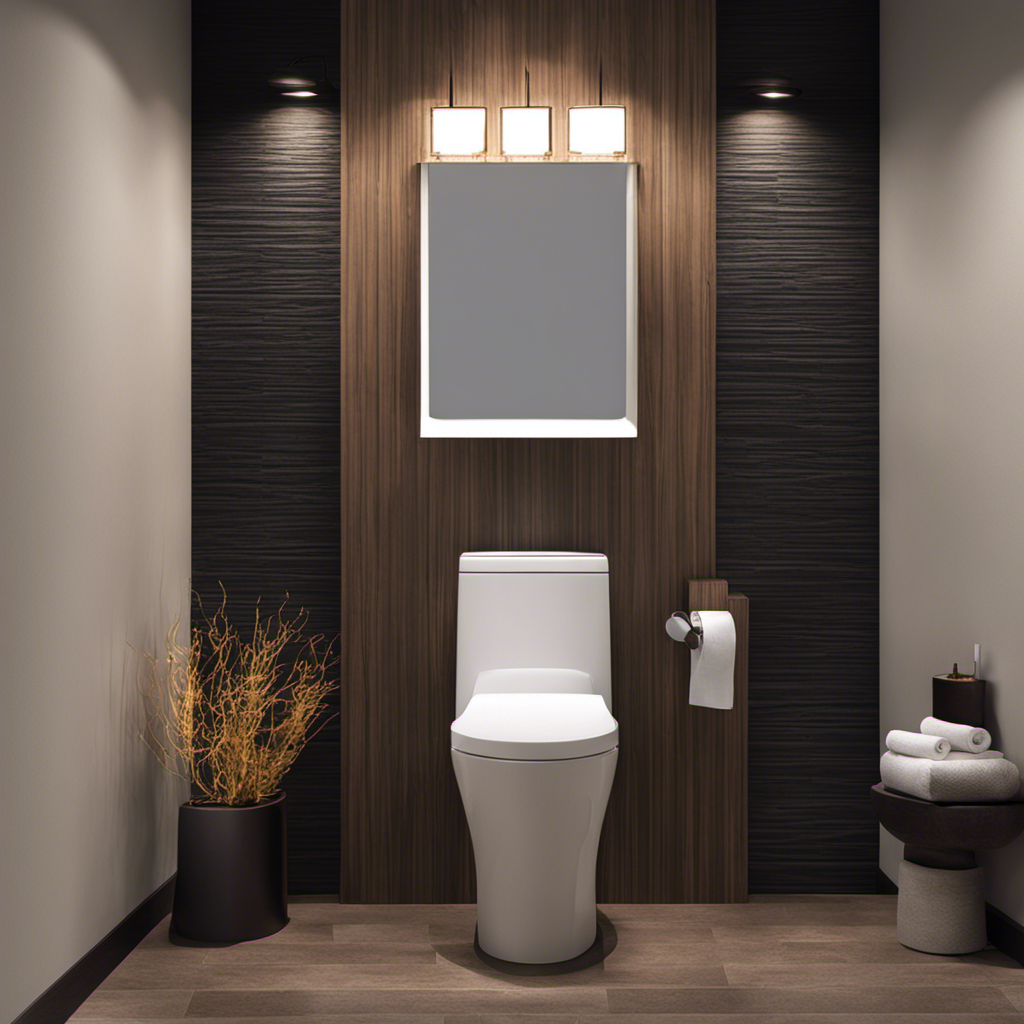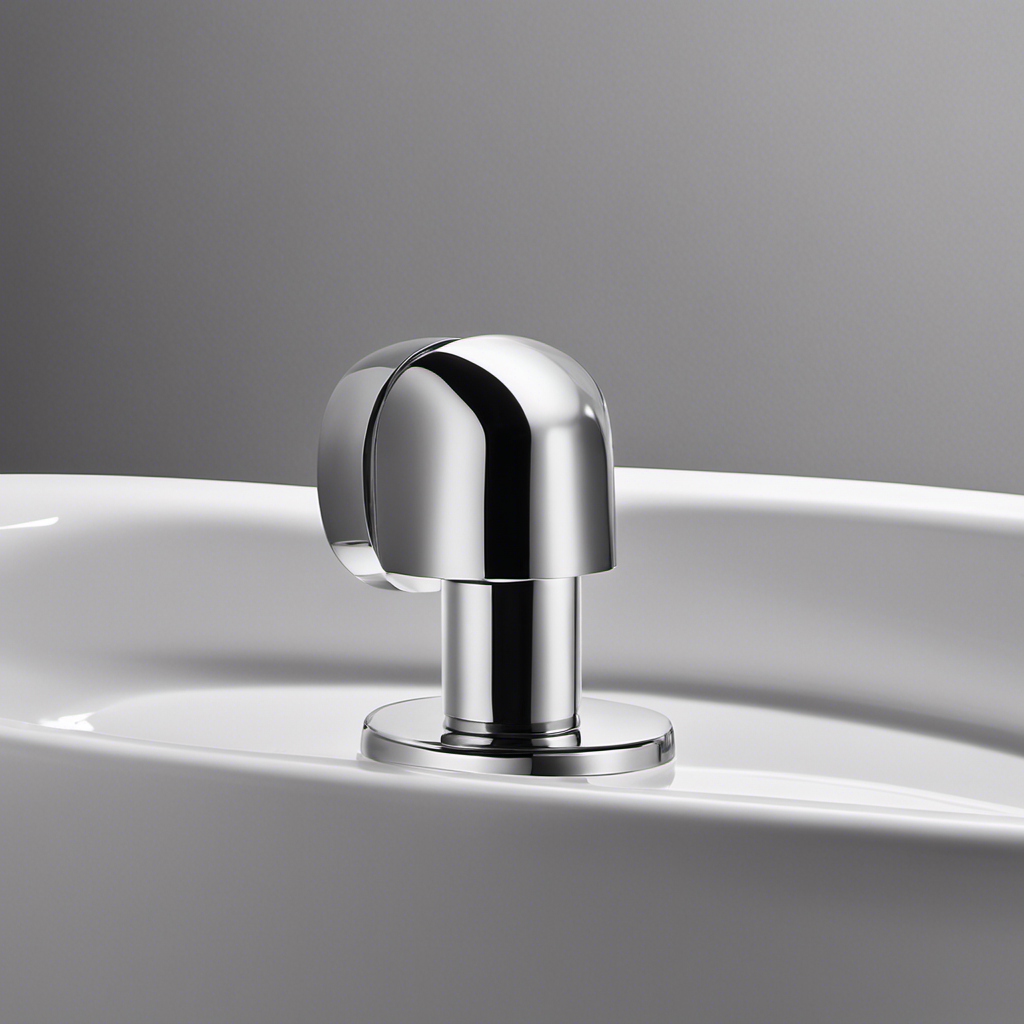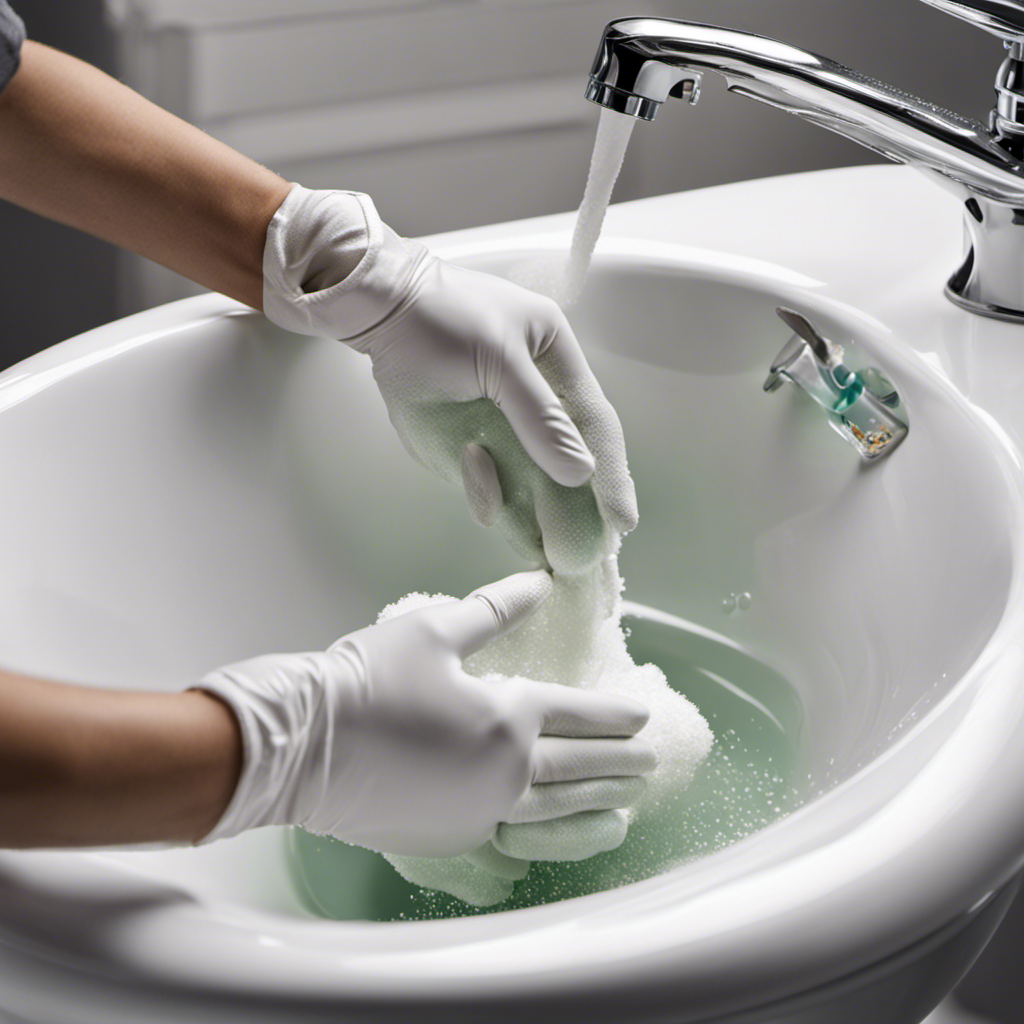At first sight, the link between electricity and the basic action of flushing a toilet might appear odd. Yet, in our pursuit to understand and control the machinery of daily existence, it’s essential that we explore this subject thoroughly.
With precise analysis, we will explore the intricate workings of the flushing mechanism, debunking any myths along the way.
Join us as we uncover the truth behind the role, or rather, the lack of role, that electricity plays in this essential human function.
Key Takeaways
- The flush lever lifts the flapper valve, allowing water to rush out of the tank and into the bowl.
- Water pressure creates the force necessary to propel waste down the drain.
- Gravity, combined with pressure, propels waste through the plumbing system and into the sewer line.
- The flushing of a toilet does not involve electricity, as it relies on a simple mechanical mechanism activated by the user.
Understanding the Flushing Mechanism
How does the flushing mechanism of a toilet work?
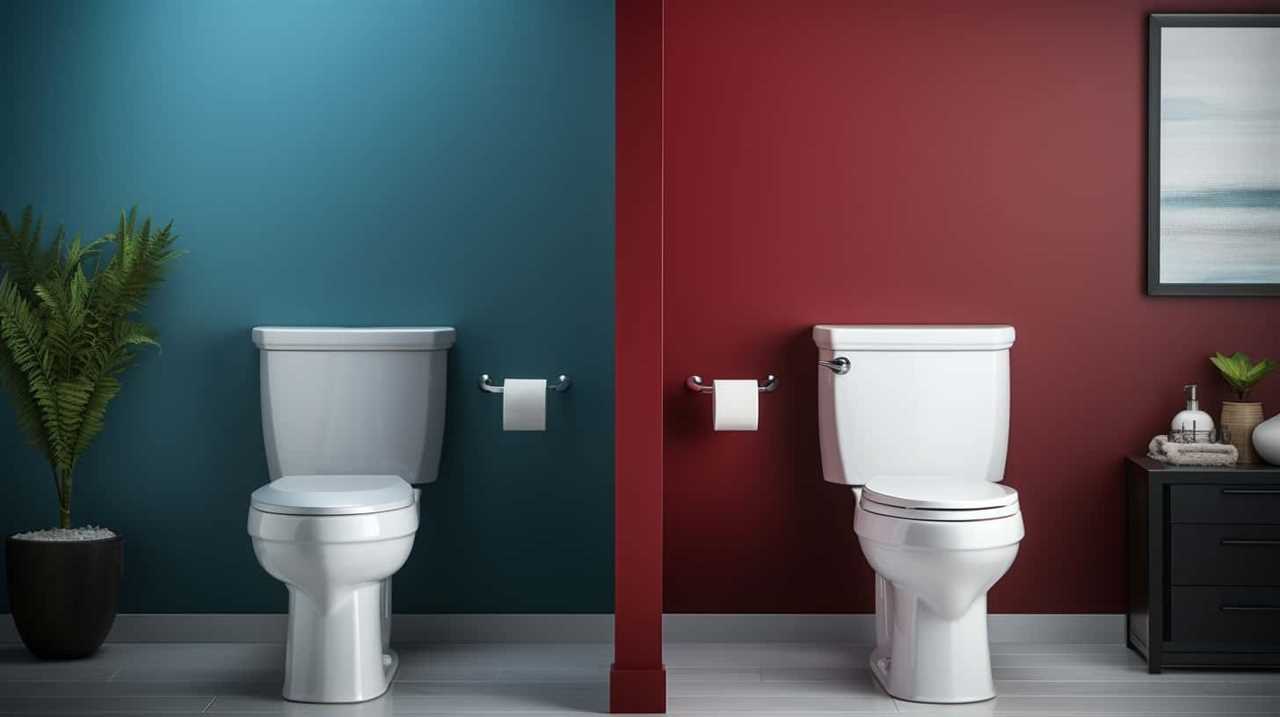
Understanding the flushing mechanism requires a grasp of the toilet bowl design and the impact of water level.
When the flush lever is pressed, it lifts the flapper valve, allowing water to rush out of the tank and into the bowl.
The force of the water creates a siphon effect, pulling waste and water from the bowl and down the drain.
The design of the toilet bowl plays a crucial role in this process. It’s shaped in a way that promotes efficient flushing by creating a vortex, which helps to carry waste away.
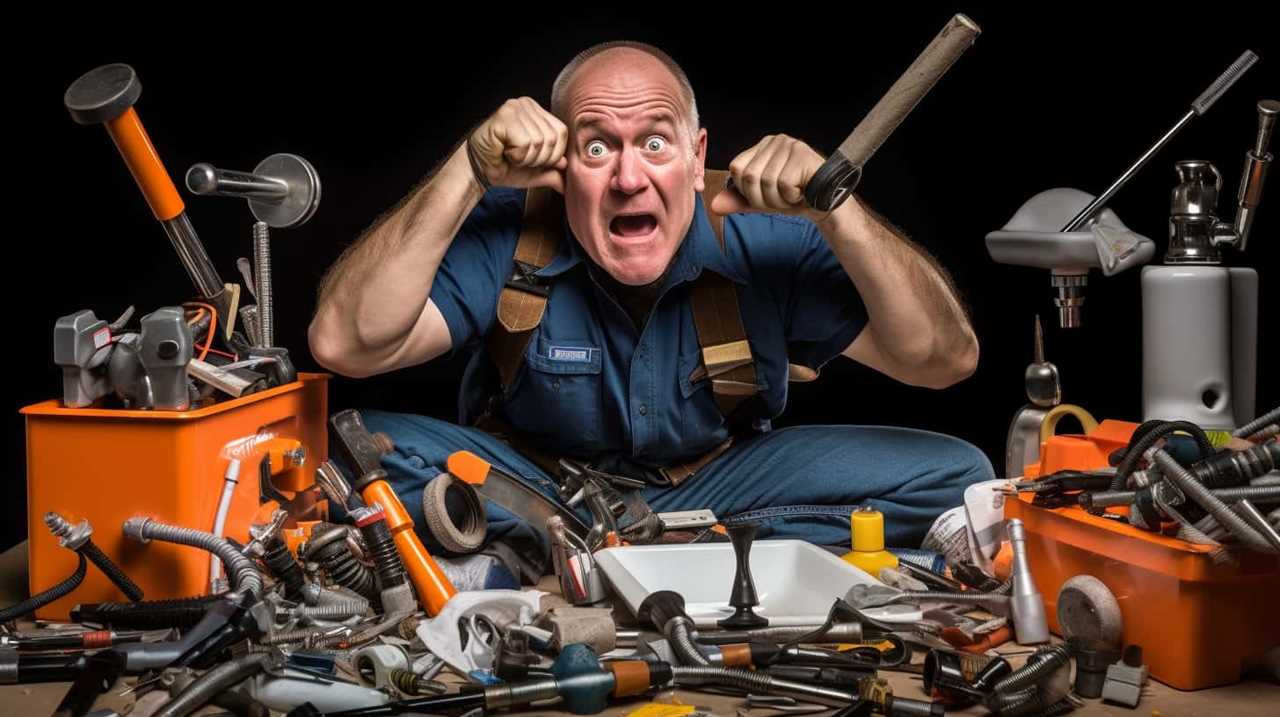
Additionally, the water level in the bowl determines the effectiveness of the flush, as a higher water level provides more force to remove waste.
Understanding these factors is key to mastering the flushing mechanism of a toilet.
The Role of Water Pressure
Now, let’s delve into the role of water pressure in the flushing mechanism of a toilet by exploring how it contributes to the efficient removal of waste.
Water pressure plays a crucial role in the flushing process, as it’s responsible for creating the force necessary to propel waste down the drain. When the flush lever is pressed, it opens a valve that allows water to flow from the tank into the bowl.
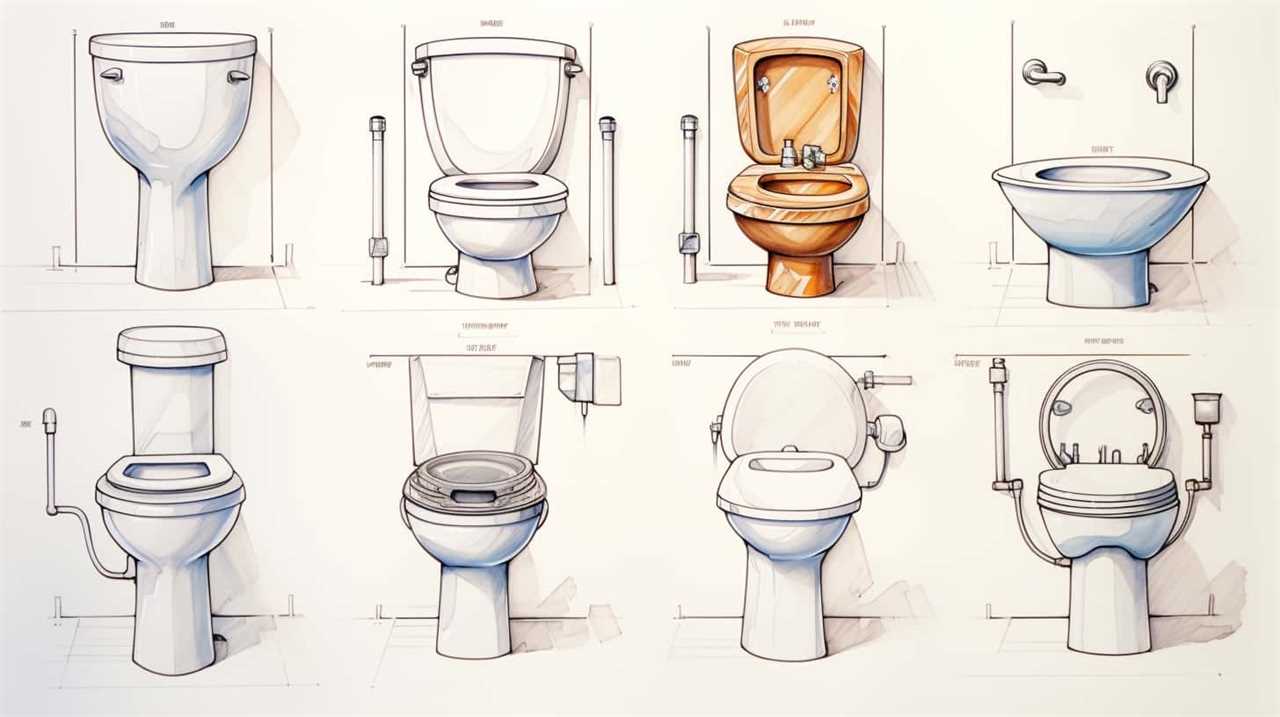
As the water enters the bowl, it creates a surge of pressure that pushes the waste through a narrow channel and into the sewage system. This hydraulic system relies on the flow of water and the pressure it generates to effectively remove waste.
Understanding the dynamics of water pressure is essential in ensuring the proper functioning of a toilet.
Now, let’s transition into exploring the role of gravity in the flushing mechanism.
Exploring the Role of Gravity
As we continue our exploration of the flushing mechanism, let’s now turn our attention to the significant role that gravity plays in this process.
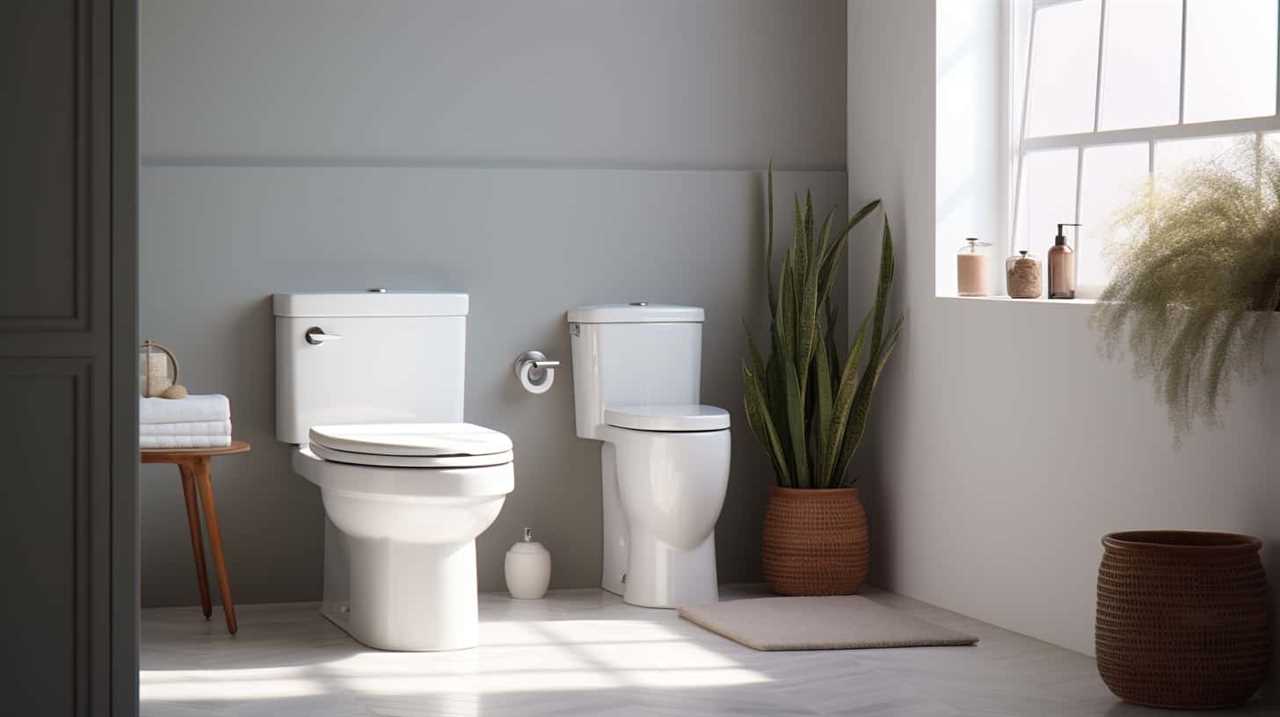
Gravity is a fundamental force that enables the smooth operation of plumbing systems and ensures the successful removal of waste from toilets. When the flush lever is activated, water flows from the tank into the bowl, creating a surge of pressure. This pressure, combined with the force of gravity, propels the waste through the plumbing system and into the sewer line.
The importance of plumbing systems can’t be overstated, as they rely on gravity to maintain proper functionality. Additionally, gravity plays a crucial role in water conservation efforts. By harnessing the force of gravity, toilets can effectively flush with minimal water usage, reducing waste and contributing to a more sustainable future.
The Function of the Flush Valve
One primary function of the flush valve is to release a powerful surge of water into the toilet bowl. The flush valve is a crucial component in the flushing process, ensuring that the water is efficiently and effectively discharged.
To understand the seal of the flush valve, it’s essential to grasp its mechanism. The valve consists of a rubber flapper or a tower-style mechanism that’s lifted when the toilet is flushed. This lifting action allows the water to rapidly flow through the valve and into the bowl, creating the force necessary for a successful flush.

It’s important to note that regular maintenance of the flush valve is crucial for its proper functioning. Over time, the rubber seal may deteriorate, resulting in leaks and reduced flushing efficiency. Therefore, it’s essential to regularly inspect and replace the flush valve seal to maintain optimal performance.
Proper maintenance ensures a reliable and powerful flushing action, preventing any potential issues and ensuring a clean and functional toilet.
Debunking the Myth: Electricity’s Involvement
Let’s debunk the myth that electricity plays a role in flushing the toilet. Contrary to popular belief, electricity isn’t directly involved in the flushing process. Here are five reasons why this misconception exists:
- Historical Evolution: In the early days of indoor plumbing, some toilets were equipped with electrically-powered mechanisms for flushing. These models were rare and quickly phased out.
- Mechanical Action: The flushing of a toilet relies on a simple mechanical mechanism, activated by the user. It involves the release of water from the tank into the bowl, creating a siphoning action that removes waste.
- Gravity: The force of gravity is the main driver of the flushing process. Once the water is released, it flows down the drain due to gravity, carrying away the waste.
- Water Pressure: Adequate water pressure is necessary for a toilet to flush effectively. However, this pressure is achieved through the plumbing system and not by electricity.
- Modern Innovations: Nowadays, some toilets may have features like electronic sensors or buttons, but these are for convenience and not essential to the flushing process.
Frequently Asked Questions
Can Electricity Be Used to Power the Flushing Mechanism of a Toilet?
Yes, electricity can be used to power the flushing mechanism of a toilet. This method offers increased efficiency and allows for alternative flushing methods that can save water and reduce environmental impact.
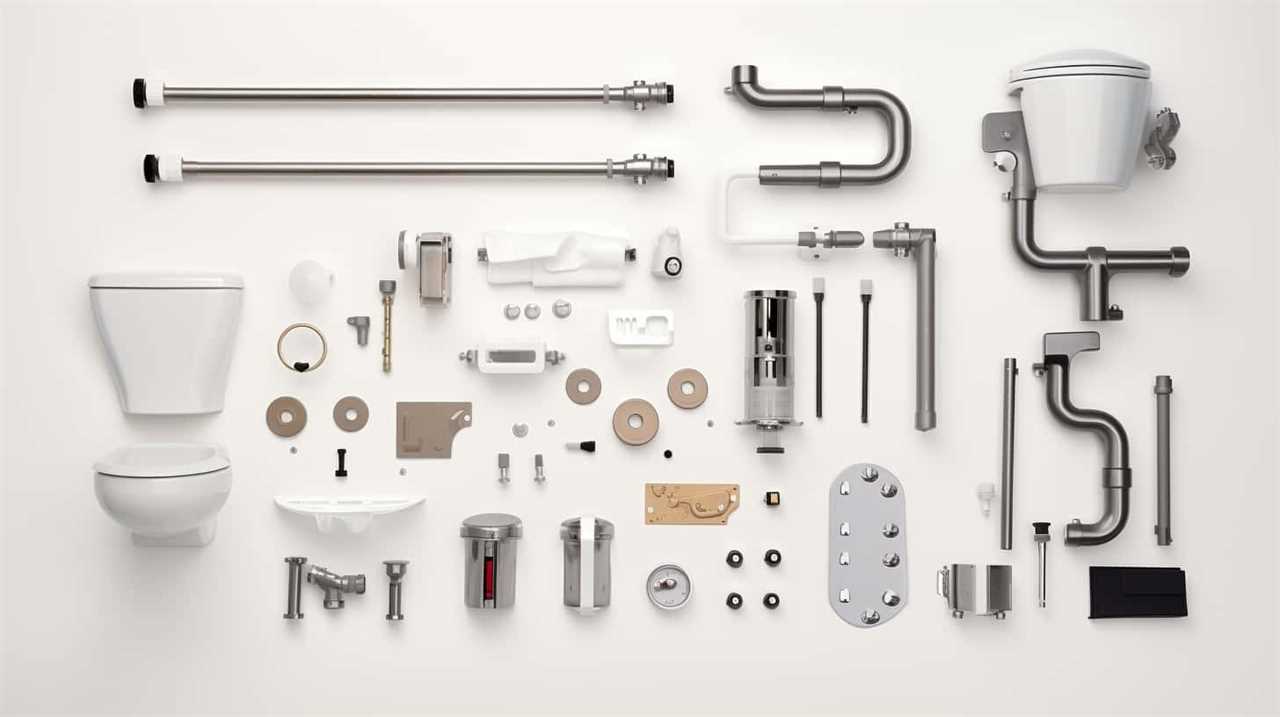
Does Water Pressure Have Any Effect on the Performance of the Flushing Mechanism?
Water pressure is a crucial factor in the performance of the flushing mechanism. It directly affects the force with which water is expelled, ensuring effective removal of waste.
How Does Gravity Play a Role in the Flushing Process?
Gravity plays a significant role in the flushing process by creating the necessary force to move waste through the plumbing system. The flushing mechanism relies on the gravitational pull to initiate and maintain the flow of water, ensuring efficient waste removal.
What Is the Function of the Flush Valve and How Does It Contribute to the Flushing Action?
The flush valve mechanism is an essential component in the flushing action of a toilet. It controls the release of water from the tank into the bowl, utilizing the design of the toilet bowl to efficiently remove waste.
Is It True That Electricity Has No Involvement in the Flushing of a Toilet?
Yes, electricity does have involvement in the flushing of a toilet. It powers the electrically operated valves and pumps in modern plumbing systems, allowing for efficient and controlled flushing mechanisms.
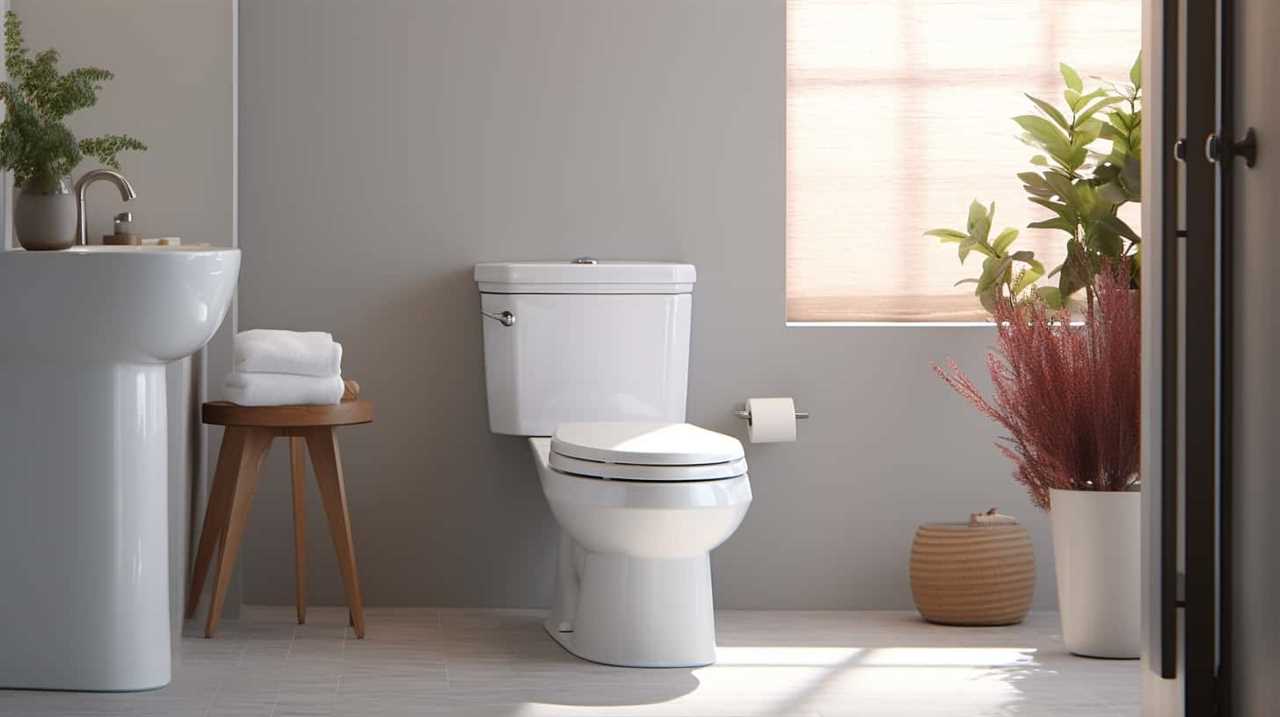
Conclusion
In conclusion, it’s clear that electricity plays absolutely no role in the flushing of a toilet. The process is simply a harmonious dance between water pressure, gravity, and the flush valve.
It’s a marvel of engineering and physics that requires no assistance from the electric gods. So rest assured, the next time you flush, you can be confident that you’re witnessing a symphony of natural forces, untainted by the meddling of electrons.

